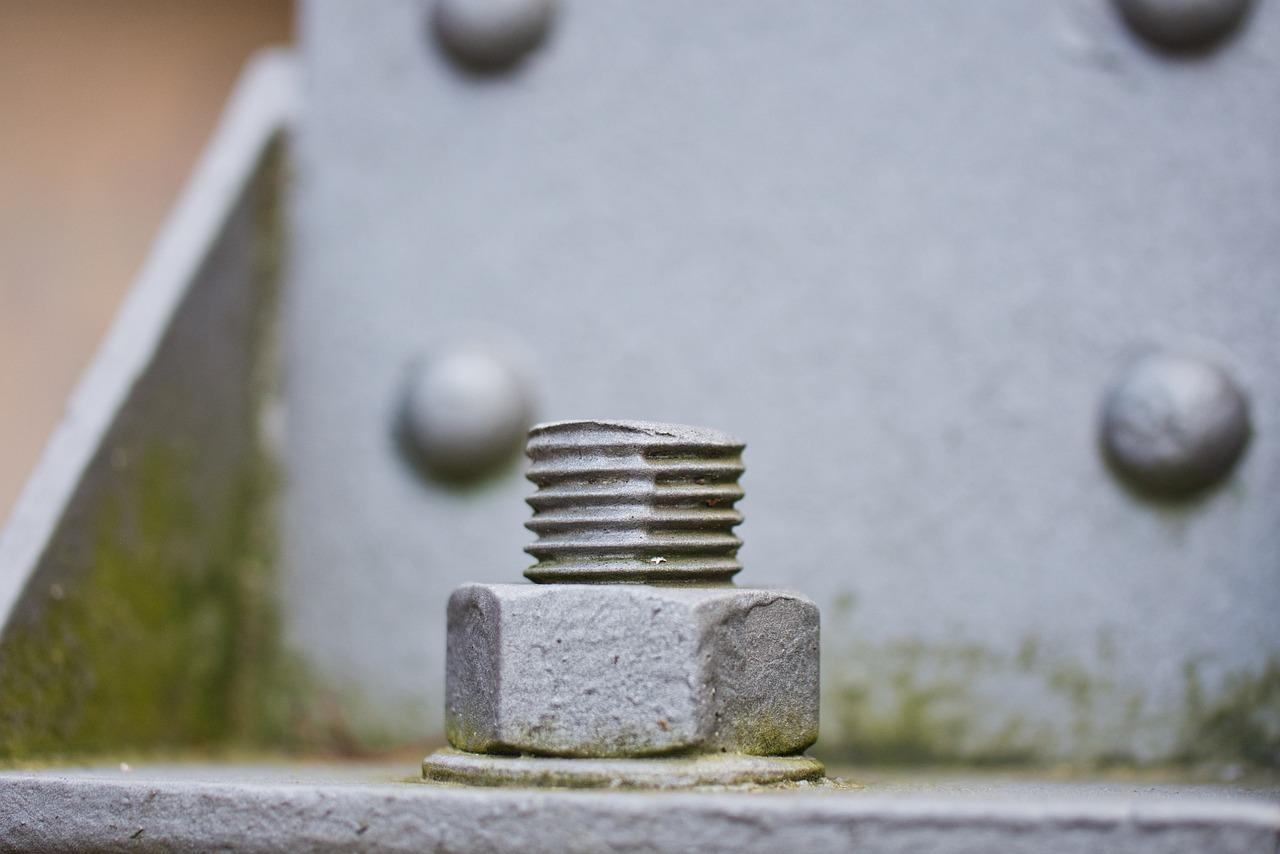Fiberglass is a popular material used in various industries, from construction to automobile manufacturing. While it offers strength and durability, dealing with fiberglass can sometimes lead to unwanted irritation on the skin or allergic reactions. This raises the question: does vinegar have the power to dissolve fiberglass?
In this article, we will delve into the properties of fiberglass and vinegar, exploring whether vinegar can be an effective solution for removing this material from different surfaces, such as floors or clothing. We will also address common concerns, such as the impact of fiberglass on health and the best practices for treating fiberglass irritation. So, if you’ve ever wondered about the potential of vinegar to dissolve fiberglass, read on to discover the truth and learn how to handle this material effectively.
Does Vinegar Really Dissolve Fiberglass
Myth or Reality: The Vinegar-Fiberglass Connection
You may have heard some whispers in the cleaning community about the magical powers of vinegar. From banishing stubborn stains to making your windows sparkle, this humble pantry staple seems to have a solution for all your cleaning woes. But what about fiberglass? Can vinegar really dissolve this sturdy material? Let’s dive into the myth and separate fact from fiction.
Understanding the Nature of Fiberglass
Before we unveil the truth about vinegar and fiberglass, let’s take a closer look at what fiberglass is made of. Fiberglass is a composite material composed of fine glass fibers embedded in a polymer matrix, typically made from epoxy resin. This gives fiberglass its renowned strength and durability, making it a popular choice in various industries, from construction to automotive manufacturing.
The Vinegar-Fiberglass Encounter: What Happens
Now, let’s pull back the curtain and reveal what happens when vinegar and fiberglass come face-to-face. The truth is, vinegar, in and of itself, does not dissolve fiberglass. So, if you were hoping to whip up a DIY fiberglass dissolving cocktail with vinegar, you may want to reconsider.
Honoring the Power of Acetic Acid
However, it’s important to recognize that vinegar contains acetic acid, which can have a mild corrosive effect on certain surfaces. So, while vinegar won’t dissolve fiberglass, prolonged and frequent exposure to vinegar may cause some deterioration or etching of the outer layer.
Protecting Your Fiberglass
If you have fiberglass surfaces, such as a bathtub or shower enclosure, it’s crucial to know how to best care for them. Although vinegar can be a handy cleaner for various applications, it’s advisable to opt for pH-neutral cleaning solutions specifically formulated for fiberglass. These products are designed to clean effectively without compromising the integrity of the material.
The Verdict: No Dissolving Magic
In conclusion, vinegar’s ability to dissolve fiberglass is nothing more than a myth. While vinegar can cause some minor wear and tear on the surface over time, it’s far from being a corrosive powerhouse against fiberglass. So, it’s time to put this myth to rest and continue harnessing the cleaning potential of vinegar for its proven abilities while treating fiberglass with the care it deserves.
So, next time you encounter someone claiming that vinegar is a secret fiberglass dissolving potion, you can confidently debunk the myth and save the day with your newfound knowledge. After all, there’s no cleaning challenge that a little vinegar and a touch of humor can’t handle. Cheers to the power of cleaning (and a good laugh)!
FAQ: Does Vinegar Dissolve Fiberglass
How do you remove fiberglass from the floor
If you find yourself dealing with those pesky fiberglass particles on your floor, fret not! Follow these simple steps to banish them for good:
- Put on a pair of protective gloves to keep your hands safe.
- Use a soft brush or vacuum cleaner with a brush attachment to gently sweep or suction up the fiberglass particles.
- Dispose of the collected fiberglass in a sealed bag or container to prevent further spreading.
Can you wash fiberglass out of clothes
Sadly, fiberglass has a knack for clinging onto fabrics like it’s staging a never-ending fashion show. However, with a bit of elbow grease and these tips, you can give your clothes a fighting chance:
- Remove the affected clothes and put on protective gloves.
- Shake off any loose fiberglass fibers outside to minimize spreading.
- Place the clothes in a washing machine on the highest water level.
- Add a small amount of white vinegar to the wash cycle to help break down the fiberglass particles.
- Run an additional rinse cycle to ensure all traces of fiberglass are gone.
- Dry the clothes thoroughly.
Does fiberglass go away on its own
Ah, the million-dollar question! While fiberglass is not easily broken down by natural processes, it can eventually dissipate over time. However, if you’re hoping for a magic vanishing act, you might be in for a disappointment. It’s best to take proactive measures to remove any fiberglass from your surroundings.
Can you be allergic to fiberglass
It’s possible! Fiberglass can cause allergic reactions in some unfortunate individuals. Symptoms may include irritation, itching, redness, and even respiratory issues. If you suspect you have allergies to fiberglass, it’s wise to consult a healthcare professional for proper diagnosis and advice.
Does alcohol dissolve fiberglass
While we often turn to alcohol for solutions (pun intended), it turns out fiberglass isn’t so easily charmed. Alcohol does not have the power to dissolve or make fiberglass disappear. So, save your spirits for a celebratory toast instead!
Will gas dissolve fiberglass
Alas, even the mighty power of gas cannot make fiberglass vanish into thin air. Whether it’s gasoline, natural gas, or any other creative gas you have in mind, none possess the magical ability to dissolve fiberglass. Looks like this trick is a no-go!
Why is fiberglass so itchy
Ah, the notorious itchiness of fiberglass! To get a better understanding, we need to zoom in and take a closer look at those tiny fibers. When they come into contact with our skin, they can cause microscopic irritation and lead to that maddening itch. No wonder fiberglass and comedies have so much in common – they both know how to scratch that funny bone!
How do you dissolve fiberglass
Sorry to burst your bubble, but fiberglass isn’t a fan of dissolving. It’s a stubborn material that tends to stick around for the long haul. So, rather than hoping for a magical disappearing act, your best bet is to physically remove or clean up any fiberglass particles that are causing you trouble.
How do you remove fiberglass from a cat
Uh-oh, it seems your feline friend has had a not-so-pleasant encounter with fiberglass! Here’s what you can do to help them out:
- Approach your cat calmly and avoid startling them.
- Gently examine their fur to locate areas with visible fiberglass particles.
- Use a soft brush or comb to carefully remove as much fiberglass as possible.
- Give your feline companion a soothing bath to further wash away any remaining fibers.
Is fiberglass dust harmful
Unfortunately, fiberglass dust can be harmful to both our respiratory system and our precious peepers. Inhaling or getting it in our eyes can lead to irritation, coughing, and eye redness. So, it’s always crucial to handle fiberglass with care and take necessary precautions to avoid harm.
What is the best paint to use on fiberglass
When it comes to painting fiberglass, you want a paint that will stick around longer than a catchy earworm. So, look for a high-quality epoxy-based paint that is specifically designed for use on fiberglass surfaces. That way, you can ensure a durable and long-lasting finish that will make your fiberglass shine!
How do you treat fiberglass irritation
Ah, the aftermath of an unfortunate fiberglass encounter! To ease your discomfort, follow these soothing steps:
- Rinse the affected area with lukewarm water to remove any loose fiberglass particles.
- Gently pat the area dry with a clean towel.
- Apply a mild, fragrance-free moisturizer or soothing cream to calm your skin.
- If necessary, take an over-the-counter antihistamine to alleviate any itching or irritation.
How do you get fiberglass out of your skin
Oh no, you’ve got some stubborn fiberglass stuck in your skin! Fear not, intrepid explorer, here’s how you can extract those troublesome fibers:
- Wash your hands thoroughly and put on a pair of gloves.
- Use a pair of tweezers to carefully grab the exposed end of the fiber.
- Gently pull the fiber out in the same direction it entered your skin.
- Clean the area with mild soap and water, and apply an antibacterial ointment to prevent infection.
What dissolves fiberglass on the skin
Fiberglass may be as persistent as an earworm, but it can’t resist these removal methods for long:
- Apply a generous amount of petroleum jelly or a thick oil, such as olive or coconut oil, to the affected area.
- Massage the oil in a circular motion to help loosen the fiberglass fibers.
- Rinse the area with lukewarm water and pat it dry.
- If the fiberglass remains, try using adhesive tape to gently lift off the remaining fibers.
Does baby powder help with fiberglass
While baby powder is a miracle worker for many things, dispersing fiberglass isn’t one of them. Instead, stick to using baby powder for its traditional purposes, like keeping your baby’s bottom soft and sweet-smelling.
Does acetone dissolve fiberglass
Although acetone is a powerful solvent for many substances, fiberglass isn’t one of them. Acetone may cause some cosmetic changes to the surface of fiberglass, but it won’t dissolve it completely. Looks like this is one challenge acetone can’t conquer!
How long does it take for an allergic reaction to clear up
Ah, the waiting game. Allergic reactions can be as impatient as a child with a new toy, or they can take their sweet time to fade away. In general, mild allergic reactions can resolve within a few hours to a few days. However, if the symptoms persist or worsen, it’s essential to seek professional medical advice.
Does fiberglass stay in your lungs forever
Fiberglass has a remarkable ability to stick around, but fortunately, it doesn’t set up a permanent residence in our lungs. Our bodies have natural defense mechanisms to help remove foreign particles, including coughing and sneezing. However, prolonged or repeated exposure to fiberglass can potentially cause more serious respiratory issues, so prevention is key!
Is fiberglass cancerous
Great news – fiberglass isn’t a secret agent plotting against our health! It isn’t considered to be inherently cancerous. However, it’s important to note that inhaling excessive amounts of fiberglass dust can irritate our lungs and respiratory system. To be safe, handle fiberglass materials with care and take appropriate safety precautions.
Remember, when dealing with fiberglass, caution is your best friend. Removing and handling it properly will protect both you and your surroundings. Stay safe, and may your encounters with fiberglass be nothing but a distant memory!

